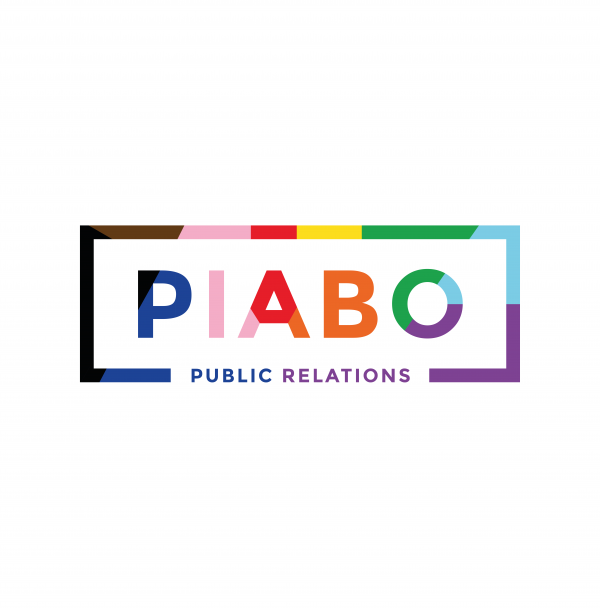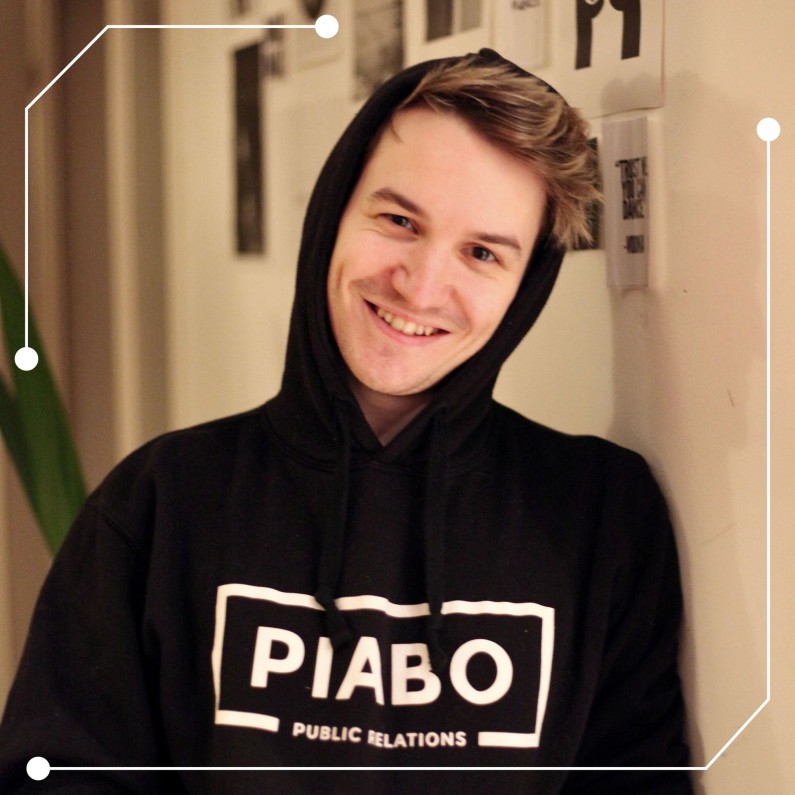In our “5 questions with…” section, we regularly introduce you to our PIABO colleagues and share their expertise in communication and PR strategies. Today: Nicolas Kollat, responsible for our social media channels and developer of the “Let’s talk about…” format. We talk to him about the relevance of visibility on social networks and about his commitment to LGBTQIA+ issues at PIABO.
1. Nico, you are Communications Manager at PIABO and have been both a working student and a trainee with us. How has your career at PIABO been so far?
I have been part of PIABO for almost two and a half years now. When I started at PIABO in February 2020 – right before the pandemic started – I already had touchpoints with start-ups and technology, but PR and the media landscape were a new field for me. After being a working student for just under a year, I completed my traineeship afterwards, and I can say firsthand: I have never experienced such a steep learning curve as at PIABO! What I particularly appreciate is our culture of making mistakes. Especially for young professionals, it’s a great feeling to not be shamed for not doing everything right on the first try. Actually, at PIABO you are encouraged to make mistakes.
In terms of the client portfolio and working with clients, I was quickly able to take on responsibility and “get a taste” of different industries. The areas of SaaS, retail technology and e-commerce quickly turned out to be my core fields, in which I was also able to rapidly build up a good network of friendly journalists. That’s definitely another advantage of working at PIABO: Hierarchies are really flat here and you are given a lot of responsibility even as a working student or trainee, but always with a strong team and your unit director to back you up.
2. For a good year now, you’ve not only been working on clients, but also managing our various social media channels as part of our Corporate Communications team. How does that work, how do you create content?
In close coordination with our CEO Tilo Bonow and our COO Daniela Harzer, we put our heads together and first thought about what we wanted to communicate on which channel and how to do it. Some formats, such as the highlight clippings, the introduction of our newbies, or the “Let’s talk about…” format repeat at regular intervals, which allows us to plan ahead a bit.
The rest of the content we usually gather from the team. My job here is to find these stories and insights – a bit like a treasure hunt. I’m convinced that there are exciting stories worth telling in every company. The approach is also similar in our collaboration with our clients, only the channels differ.
This “digging” for stories can sometimes be very exhausting. I’m all the more happy that our team has developed a good awareness for how relevant communication via social media is today, including for our own employer branding. In this regard, I’m being supported by the team very well.
3. What do you think is essential for the perfect social media presence of a company?
There is no such thing as a perfect social media presence, neither for companies nor for private individuals or influencers. I would also like to consciously refrain from pursuing perfection, because at the end of the day, social media must remain intuitive and lively. We already see far too many glossy postings and are too often presented with a world that doesn’t actually exist.
Corporate social media is always a tightrope walk between professionalism and authenticity. We should not make ourselves out to be better than we are, but must remain honest in our communication. For example, it’s no use talking about diversity, sustainability or values-based action if they all remain just empty phrases. If you can’t fully stand behind the message of a posting or prove that you live by the words you’re writing there, it’s better to just not put it out there.
For me personally, a social media presence is only really successful and “perfect” when it picks up on the company’s employees and when they can identify with the postings. This is much more important than likes, comments, engagement rates and so on, because I am firmly convinced that happy employees who are in tune with the messaging of their own company are much better ambassadors for the company brand than a LinkedIn profile will ever be.
Of course, I’m still happy when some of our posts go through the roof, like the post on our PIABOworkation, for which our team members were even approached at events and by journalists. The power of social media really can’t be underestimated!
4. Not only are you part of our culture team, but you also advocate for PRIDE. Why is this topic so important, and what measures is PIABO planning?
Company culture plays an enormously important role today, and by now I hope that every employer has understood that. But even though many employers today claim to be diverse, open-minded and values-based, surveys often still show a different picture. Even in 2022, discrimination against queer people in the workplace or on job applications is not uncommon. This makes it all the more important to me and fortunately to others to create visibility for members of the LGBTQIA+ community through different measures and to do more in general. You can and should do so much more than changing your logo on social media once a year for Pride Month, because that is pure pinkwashing.
At the same time, I always promote understanding that such issues take time and initiate a process that is not completed in weeks. At the beginning of such a process towards more visibility and equality, there is always a look at the status quo and an admission that there is always more that can be done. At PIABO, we design a new PRIDE logo every year, this year for the first time using the colors of the Progress Pride flag. We also use virtual backdrops in both internal and external meetings to give the topic external visibility. In addition to the logo and virtual screens, there are also Pride shirts for all employees, which are always very well received and become real “collector’s items” due to the changing logos.
Currently, I’m also working on an internal academy on the topic of pinkwashing as well as a one-pager with do’s & don’ts in queer communication for our clients to create awareness for the right communication of such topics. And: Our founder and CEO Tilo Bonow was again named to the ProutPerformer list of the Prout-at-Work network this year.
5. Can you share some tips on how companies can avoid pinkwashing?
Pinkwashing, like greenwashing, is a really serious issue that we need to be concerned about and aware of, especially as communication professionals. To put it bluntly, it’s about actors (e.g. companies) wanting to make profits by identifying with the queer community without really making a lasting commitment to the community.
The biggest tip I can give would be: Just don’t do it. Otherwise, I’m happy to refer to numerous posts where everything has already been said on the topic. For example, the UHLALA Group, which is advocating for LGBTQIA+ people in the workplace, has highlighted the topic in several blog posts and made it clear that posting a rainbow is not appreciation, but marketing.



